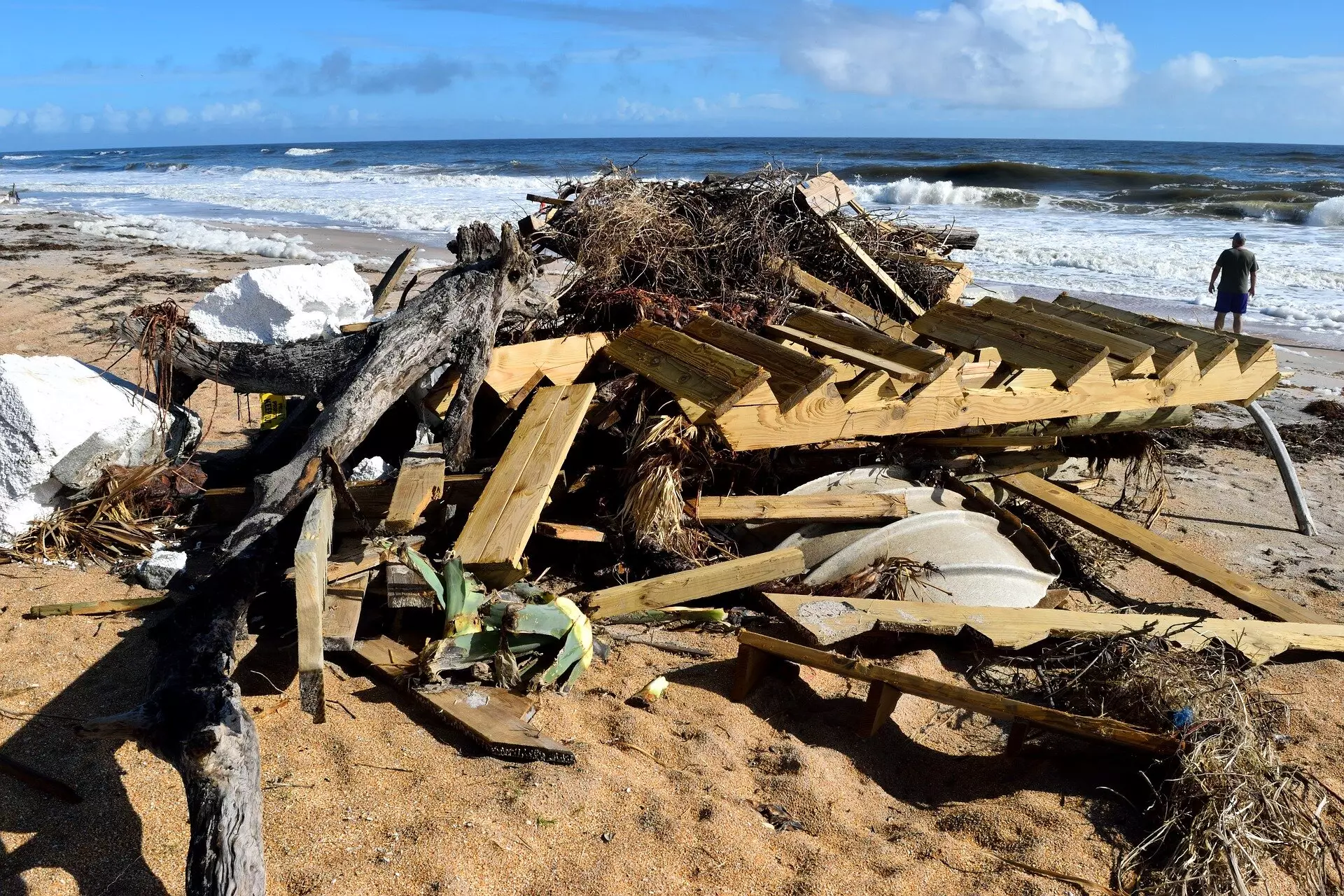The increasing frequency and intensity of hurricanes have presented a significant challenge to communities worldwide, particularly in the United States. Weather and climate-related disasters have imposed a staggering economic burden, amounting to approximately $2.6 trillion in damages between 1980 and 2023, as reported by the National Oceanic and Atmospheric Administration (NOAA). In a single year, 2022, the U.S. faced 18 distinct disasters, each costing upwards of $1 billion. These statistics are not just numbers; they represent the profound loss of life and property that result from extreme weather. Hurricanes alone have claimed nearly 2,000 lives between 2000 and 2021, making accurate forecasting of these events increasingly critical as climate change amplifies their destructive potential.
To navigate the challenges posed by these violent storms, researchers are zeroing in on advancements in hurricane prediction methodologies. Accurate forecasts are essential not just for saving money, but also for preserving human lives. Mostafa Momen from the University of Houston emphasizes that improved predictions regarding hurricane intensity and flood patterns can empower communities with better evacuation strategies and emergency services preparedness. With climate change acting as a catalyst for more severe weather phenomena, the need for innovation in storm forecasting is greater than ever.
A pivotal study led by University of Houston graduate student Md Murad Hossain Khondaker, alongside Momen, aims to delve deeper into the factors affecting hurricane dynamics—specifically focusing on atmospheric friction and its implications for storm forecasting. This research was enabled by unprecedented computational power provided through the Pittsburgh Supercomputing Center’s Bridges-2 supercomputer. Through a grant from the National Science Foundation’s ACCESS program, the team gained access to a substantial amount of processing power and memory, crucial for analyzing the extensive datasets required for their work.
The groundbreaking aspect of their research lies in examining the frictional forces that act against the energy input from the sun to storm systems. By manipulating their models to assess various friction scenarios, the researchers sought to determine how this alteration affected predictions of hurricane strength and behavior. The complexity of this undertaking necessitated the advanced capabilities of the supercomputer, which facilitated the simulation of various hurricane conditions and parameters.
One of the most significant revelations from the team’s simulations involved how changes in atmospheric diffusion influenced the accuracy of hurricane forecasts. Employing their refined models, researchers discovered that reducing diffusion improved forecasts of hurricane intensity by as much as 40 percent compared to standard models. This enhancement is not just an academic achievement; the implications for practical disaster preparedness are immense, especially concerning flood predictions.
The team’s findings indicated that stronger hurricanes do not automatically correlate with increased total rainfall. Instead, they pointed out the nuanced observation that such storms may result in localized, intense precipitation. This is a critical insight for cities prone to flooding, as concentrated rainfall can wreak havoc, evident in the catastrophic aftermath of Hurricane Harvey in Houston. The ability to forecast these localized precipitation patterns holds the potential to significantly bolster emergency response strategies in urban areas.
As climate change continues to reshape weather patterns, addressing the destructive power of hurricanes through improved forecasting becomes essential. Research initiatives, like those conducted at the University of Houston, are paving the way for a new era of predictive modeling that holds promise for saving lives and mitigating economic losses. Enhanced predictive capabilities not only inform emergency services but are also critical in guiding public policy, resource allocation, and disaster readiness plans. The work of Momen and Khondaker exemplifies the kind of innovative approaches needed to tackle the complexities of hurricanes in our evolving climate landscape.
The intersection of advanced research, supercomputing resources, and a deep understanding of atmospheric dynamics has the potential to revolutionize our response to hurricanes, ultimately fostering greater resilience in the face of nature’s fury.


Leave a Reply